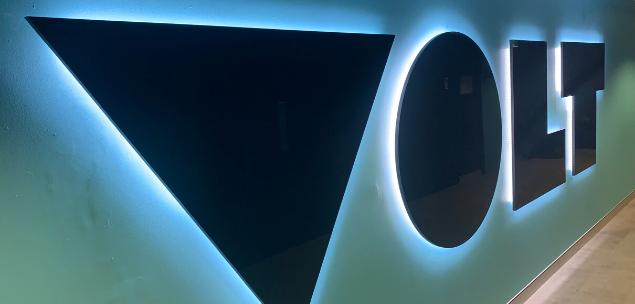Neobank, Volt, has a waitlist of 40,000 people ahead of its launch in early 2020, following its recent announcement of a ‘no catches’ ongoing base interest rate of 2.15 per cent on savings.
Neobanks are digital banks that rely on smartphone banking apps or websites for the processing of payments, rather than through the use of physical branches.
They are still relatively new in Australia, having only been introduced in 2018, however, neobanks are a fast-growing category abroad.
Volt was the first neobank in Australia to be granted a licence as a Restricted Authorised Deposit-taking Institution (RADI) in May 2018.
In January 2019, it was granted a full licence to operate as an Authorised Deposit-taking Institution (ADI).
Their 2.15 per cent interest rate is what has affected so many signups. CEO and Co-Founder of Volt, Steve Weston, said the rate is “free from any catches or unpleasant surprises, and…help[s] consumers develop great financial habits.”
Unlike other banks, Volt’s interest rate is not subject to an introductory period, or conditions that lead to many consumers not actually receiving a higher rate, like minimum monthly deposits or a minimum number of card transactions.
“This rate strongly aligns with our mission of developing financially healthy and happy humans, who are masters of their own money,” said Weston.
Upon launch, a savings account and transaction account will likely be the first products available to users through the Volt App, followed by home loans at a later period.
“Banking needs to be done in a better way. Volt’s first product, our savings account, offers a highly competitive rate without any conditions. I challenge other banks to do the same,” said Weston.
Research by RFi Group says millennials are predicted to be the largest revenue earners for banks by 2025 and are three times more likely than other adults to use a fintech or neobank.
This presents an opportunity for neobanks to capture large market share as sixty-eight per cent of all millennials and seventy-six per cent of 34-year-olds used multi-banking in 2018.
Neobanks such as Up and 86 400 have already launched in Australia, with Xinja Bank set to launch in early 2020.
As neobanks become increasingly trusted by consumers, they will disrupt the Australian banking sector and challenge the big four banks.

